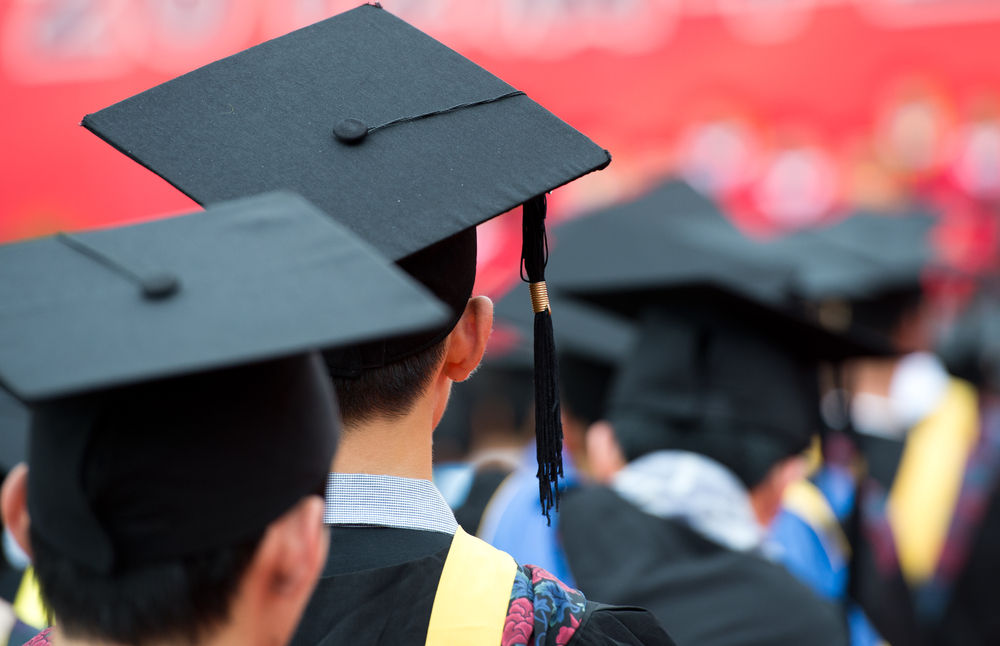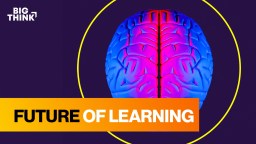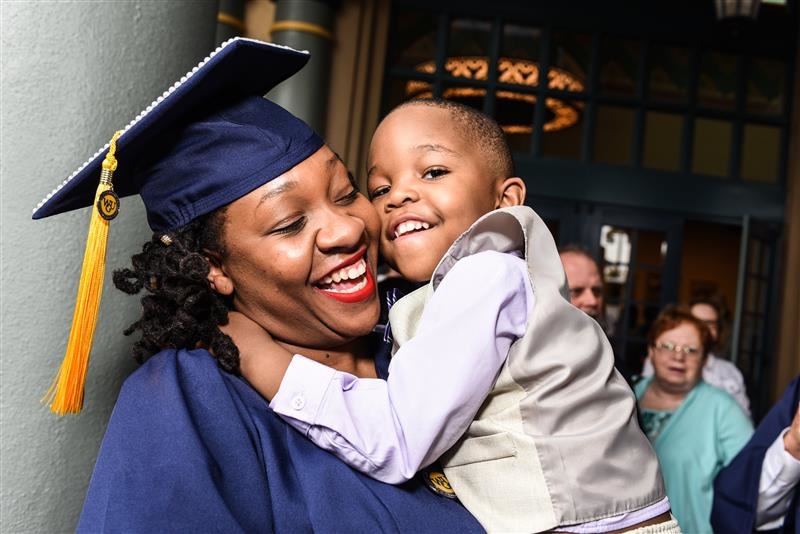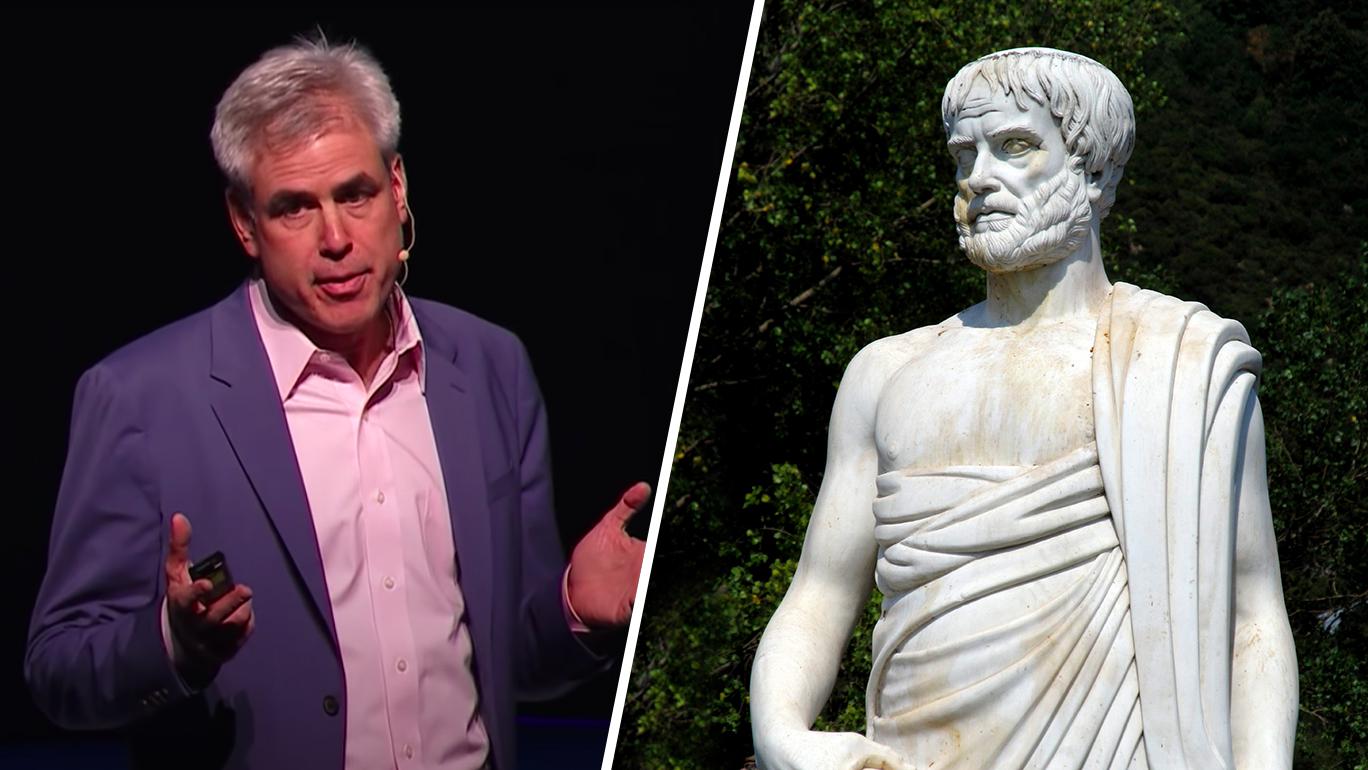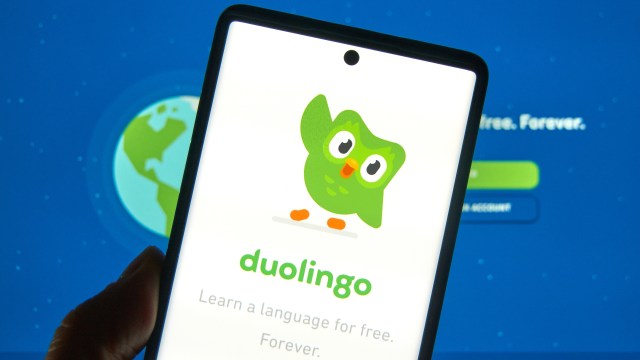- Educrats, ideologues, and politicians argue that the liberal arts are impractical and that higher education should aim to make students “job-ready day one.”
- This assault on the liberal arts has led to enrollments in the humanities to plummet.
- However, the liberal arts help students build the soft skills employers desire, the connections to help them grow, and the inquisitiveness to lead a prosperous life.
One of the shocking things I discovered, writing this book, is how much of what we read and hear about education is simply not true. Mainstream media turn to business leaders, politicians, tech moguls, for “expert” opinions. They’re more likely to accept a press release from a billionaire-funded think tank or foundation than ask an educator, so they perpetuate the narrative of higher education as a “broken fiscal model” that needs to be transformed, to be made more like business.
They feature attention-grabbing stories of admissions scandals, athletic scandals, snowflake students, “cancel” culture — “if it bleeds, it leads” — stories that highlight what’s wrong with higher education, but have little relevance to the experience of most undergraduates. The media give disrupters inordinate air time. Kevin Carey, author of The End of College, and Ryan Craig, author of College Disrupted, advocate doing away with “bricks and mortar” colleges and “unbundling” higher education into online learning and workplace-directed programs. For them, as for [Bill] Gates, the “value” of higher education is measurable and monetary, training that yields maximum return on investment.
Society has ceased believing in a liberal education, and educators are losing heart. Higher education has allowed itself to be defined by educrats, ideologues, politicians who would have us produce workers “job-ready on day one,” in the words of former President Barack Obama, whose Education Department was packed with Gates Foundation people. We in the liberal arts watch as enrollments plummet and humanities courses and programs are replaced by degree programs with “product-market fit,” as the Charles Koch Foundation advocates. The assault on the liberal arts is bipartisan, one of the few things Democrats and Republicans can get together on; and it’s been extremely effective.
Students are flocking to majors in STEM (science, technology, engineering, mathematics) because they’ve been told this is where the jobs are — when in fact, there are more STEM graduates than there are jobs. They’ve been told the humanities offer poor job prospects — when, as Karl Voss explains in the Hechinger Report, “Employers consistently say that they are looking for employees who can analyze complex, multifaceted problems, are creative and innovative, have good communication skills, are willing to learn, work … with a variety of people, see the larger setting in which decisions are made, and understand the ethical dimension of decisions and interactions” — all of which the liberal arts develop. “The difference between humanities majors and science majors, in median income and unemployment, seems to be no more than the difference between residents of Virginia and North Carolina,” writes Benjamin Schmidt in the Atlantic: “If someone told to me not to move to Charlotte because no one there can make a living, I would never take them seriously.”
“Death Spiral,” “Budget Bloodbath,” “Extinction-Level Event” are familiar headlines for what is happening to the humanities. And it’s not only the liberal arts, but higher education itself on the chopping block, denounced as “unsustainable,” student debt exceeding credit card debt — “the public won’t take it anymore,” “the bubble’s about to burst,” an avalanche is coming our way, a tsunami is about to hit. A tsunami did hit, in the spring of 2020, though not in a form anyone anticipated: Less than a year after the onset of COVID-19, by February 2021, U.S. colleges and universities saw their workforce cut by 13%. Administrators leap at the promises of ed tech to deliver a future of online teaching, though now that we’ve had a taste of how alienating and ineffective this can be, most students and faculty appreciate more than ever the value of person-to-person teaching.
“Death Spiral,” “Budget Bloodbath,” “Extinction-Level Event” are familiar headlines for what is happening to the humanities.
Gayle Greene
“Personalized learning” is what Gates calls computerized programs that have kids sitting at screens, following the prompts of an algorithm. He devises tech-heavy, standardized, test-driven programs for other people’s children, while sending his own to the posh, private school he attended himself, Lakeside: “I had great relationships with my teachers. … Classes were small. You got to know the teachers. They got to know you. And the relationships that come from that really make a difference. If you like and respect your teacher, you’re going to work harder.” Gates knows what works. Everyone knows what works: small classes where teachers can give students individual attention. Teaching and learning are things done with people, by people, for people, dependent on the trust and goodwill, presence, participation, responsiveness of human beings.
“If there is one thing that the educational research clearly and consistently demonstrates, it is that the most successful long-term results for students occur when they are able to develop close relationships with their faculty,” writes Joshua Kim, director of Digital Learning Initiatives at Dartmouth Center for the Advancement of Learning. When asked, “Is there innovation/idea/movement methodology that excites you in terms of the future of education?” he advises, “Get a liberal arts education.” If we hope to “reimagine and revolutionize education,” we should recognize that “the most powerful personalized and adaptive learning platform ever invented is an experienced and well-supported educator”: “Give me an oval table, an experienced and well-supported educator, and 12 curious students — and I’ll rip out every single piece of campus technology.” Strong words, from a techie, but research corroborates that relationships are “central to a successful college experience,” as Daniel Chambliss and Christopher Takacs conclude on the basis of a 10-year study of students and alums of Hamilton College, a small liberal arts college in New York. Relationships matter more than the technology being sold to schools and colleges in the name of “innovation,” more than the subjects studied. They matter especially to first-generation students and students of color, and they matter especially now, when students have been starved of human connection for too long. They matter in terms of “long-term life outcomes,” as Richard Detweiler concluded on the basis of a study of 1,000 graduates of all kinds of colleges, “by educating people for lives of consequence, inquiry, and accomplishment,” accomplishments that serve not only the individual but “the common good.”


